The war of words continues, when will it end? I consider myself a reasonably educated and informed person, certainly above average by U.S. standards, yet I have no idea why the U.S. Government continues to write checks they cannot cash and I don’t know who to believe in the resulting media blasts. I truly miss the days of Ross… Read More
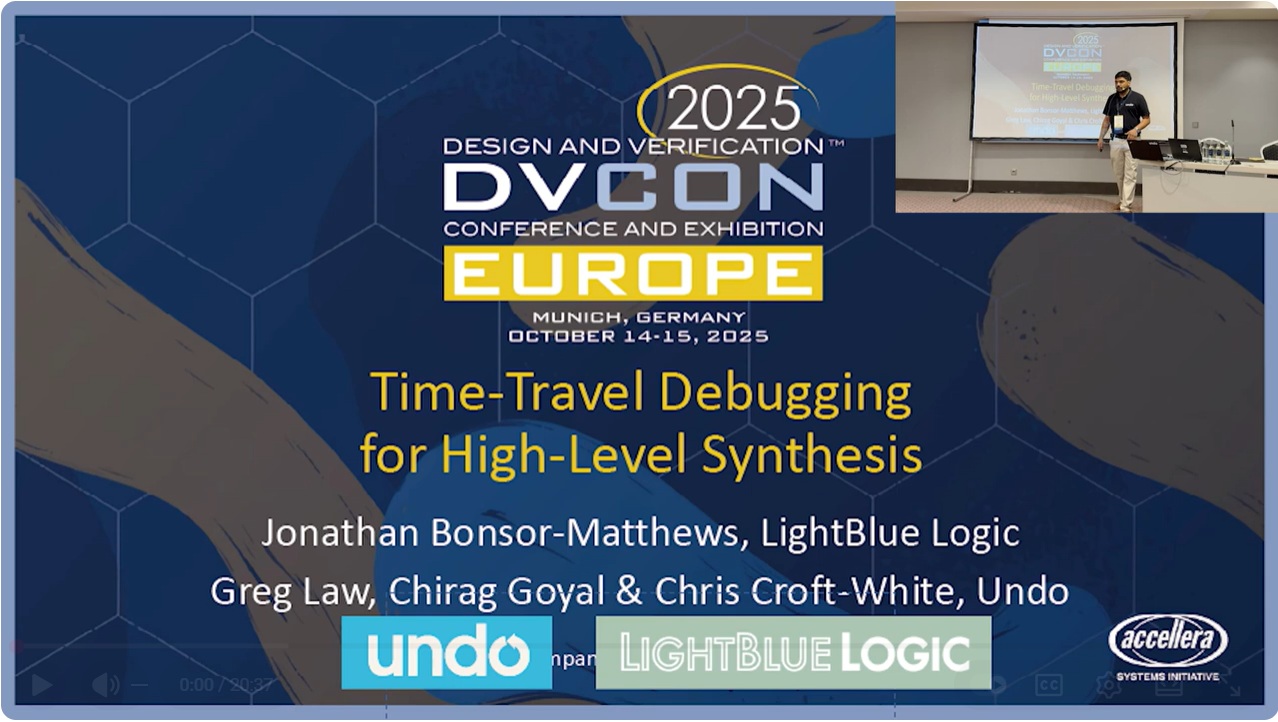 Revolutionizing Hardware Design Debugging with Time Travel TechnologyIn the semiconductor industry High-Level Synthesis (HLS) and…Read More
Revolutionizing Hardware Design Debugging with Time Travel TechnologyIn the semiconductor industry High-Level Synthesis (HLS) and…Read More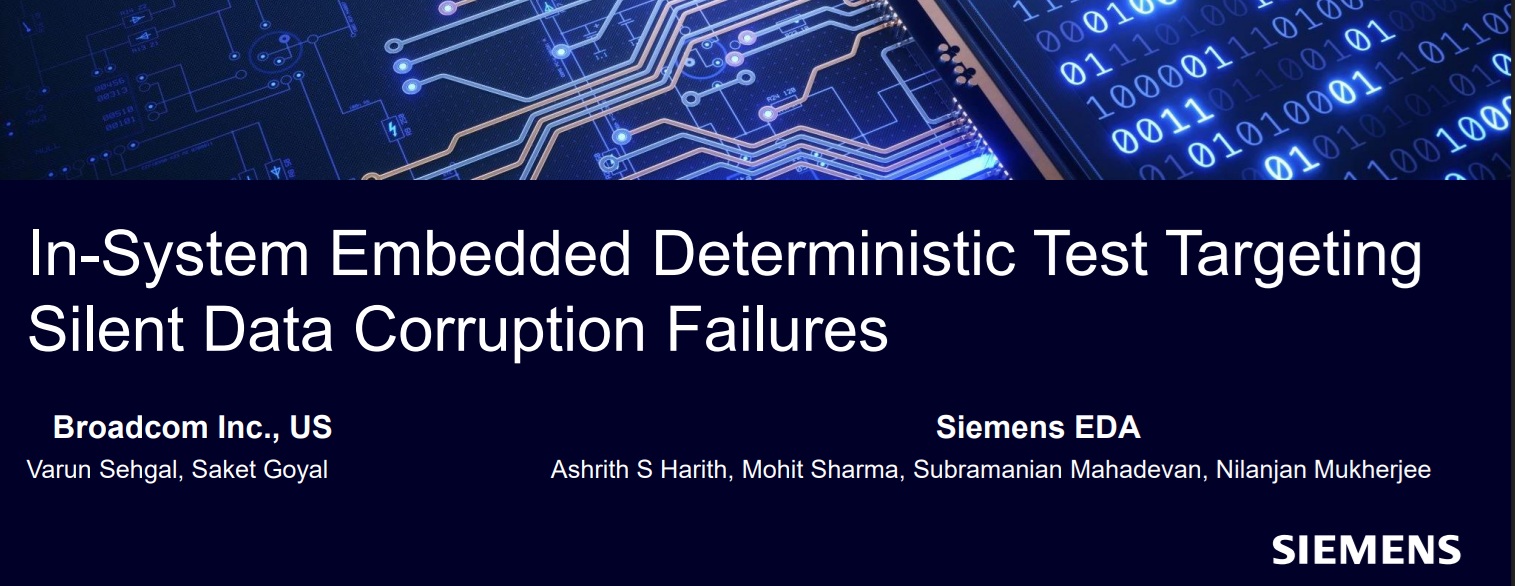 Addressing Silent Data Corruption (SDC) with In-System Embedded Deterministic TestingSilent Data Corruption (SDC) represents a critical challenge…Read More
Addressing Silent Data Corruption (SDC) with In-System Embedded Deterministic TestingSilent Data Corruption (SDC) represents a critical challenge…Read More TSMC's 6th ESG AWARD Receives over 5,800 Proposals, Igniting Sustainability PassionTaiwan Semiconductor Manufacturing Company has once again demonstrated…Read More
TSMC's 6th ESG AWARD Receives over 5,800 Proposals, Igniting Sustainability PassionTaiwan Semiconductor Manufacturing Company has once again demonstrated…Read More Tiling Support in SiFive's AI/ML Software Stack for RISC-V Vector-Matrix ExtensionAt the 2025 RISC-V Summit North America, Min…Read More
Tiling Support in SiFive's AI/ML Software Stack for RISC-V Vector-Matrix ExtensionAt the 2025 RISC-V Summit North America, Min…Read More TSMC based 3D Chips: Socionext Achieves Two Successful Tape-Outs in Just Seven Months!Socionext’s recent run of rapid 3D-IC tape-outs is…Read More
TSMC based 3D Chips: Socionext Achieves Two Successful Tape-Outs in Just Seven Months!Socionext’s recent run of rapid 3D-IC tape-outs is…Read MoreCatch Mentor’s embedded sessions at ARM TechCon
For Halloween this year, why not tell your embedded software debug horror stories at ARM TechCon? Mentor will have several campfire sessions you should consider attending, but here my Halloween thread breaks down. These three sessions are all quite cheery.
This one, Software Debug on ARM Processors in Emulationis on using emulation… Read More
Spectre from Cadence Goes FastSPICE
Transistor-level circuit designers have an insatiable appetite to run numerous SPICE circuit simulations in order to determine circuit speed, current and power across Process, Voltage and Temperature (PVT) conditions. Just look at the number of PVT corners increasing as the technology nodes go to 16nm:
The good news today … Read More
Managing Multi-site Design with Cliosoft at LBNL
With the award of the Nobel prize for physics to Higgs (who used to work in the same building at Edinburgh as I did, reflected glory) and Englert yesterday, CERN has been in the news. ClioSoft has an interesting presentation given at CERN about designing a detector chips. The work was done two or three years ago, managed from Lawrence… Read More
Can you Publicly Benchmark EDA Tools?
There is an interesting discussion on SemiWiki in regards to the age old question aboutbenchmarking EDA tools. I remember benchmark discussions at my first DAC in 1984. It was deemed impossible to do a “fair” public benchmark then and it’s not possible now, just my opinion of course but let me tell you why. Simply stated it is a legal,… Read More
Mentor Seminar: Evolution of diagnosis-driven yield analysis
It’s a fact that new process nodes come with some amount of yield challenges. One way to find and eliminate silicon defects is through diagnosis-driven yield analysis (DDYA), which is the topic of a free seminar by Mentor Graphics in Fremont this Thursday, October 10 from 11:30am – 2pm (yes, lunch is included because Mentor… Read More
Atrenta Japan Technoloogy Forum
As they have done for the last few years, Atrenta held its fifth annual user group meeting at the Shin Yokohama Kokusai Hotel on September 13. The attendees are a mixture of customers and other interested members of the semiconductor supply chain. There were nearly 90 people there representing 48 different companies in Japan.
The… Read More
Cadence’s System-to-Silicon Verification Summit
At this year’s DAC, I spoke with several friends at Cadence. I got the distinct impression that something at Cadence had changed. There was a sense of pride and accomplishment that it seems to me had drifted away over the years. Now employees were speaking with true conviction about the accomplishments of the product development… Read More
A Big Thank You to EDA and IP
Electronic Design Automation Software and Semiconductor Intellectual Property are not so much the tail that wags the dog, rather they are like the heart of an elephant, tiny in comparison but without which there is no elephant. There is no doubt that EDA and IP have been key enablers of the semiconductor industry for the past 50 years… Read More
Synopsys: Getting To Know EDA’s Heavyweight Champion
From chip IP vendor ARM Holdings to semiconductor foundry Taiwan Semiconductor, there have been many winners from the mobile device revolution that was sparked by Apple’s introduction of the iPhone. However, while these big-ticket names get all the fame and glory, the electronic design automation space (“EDA” for short) is … Read More




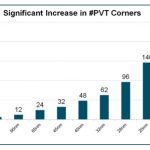
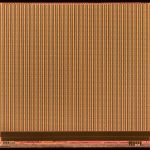





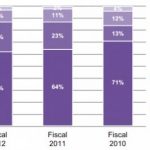
Quantum Advantage is About the Algorithm, not the Computer